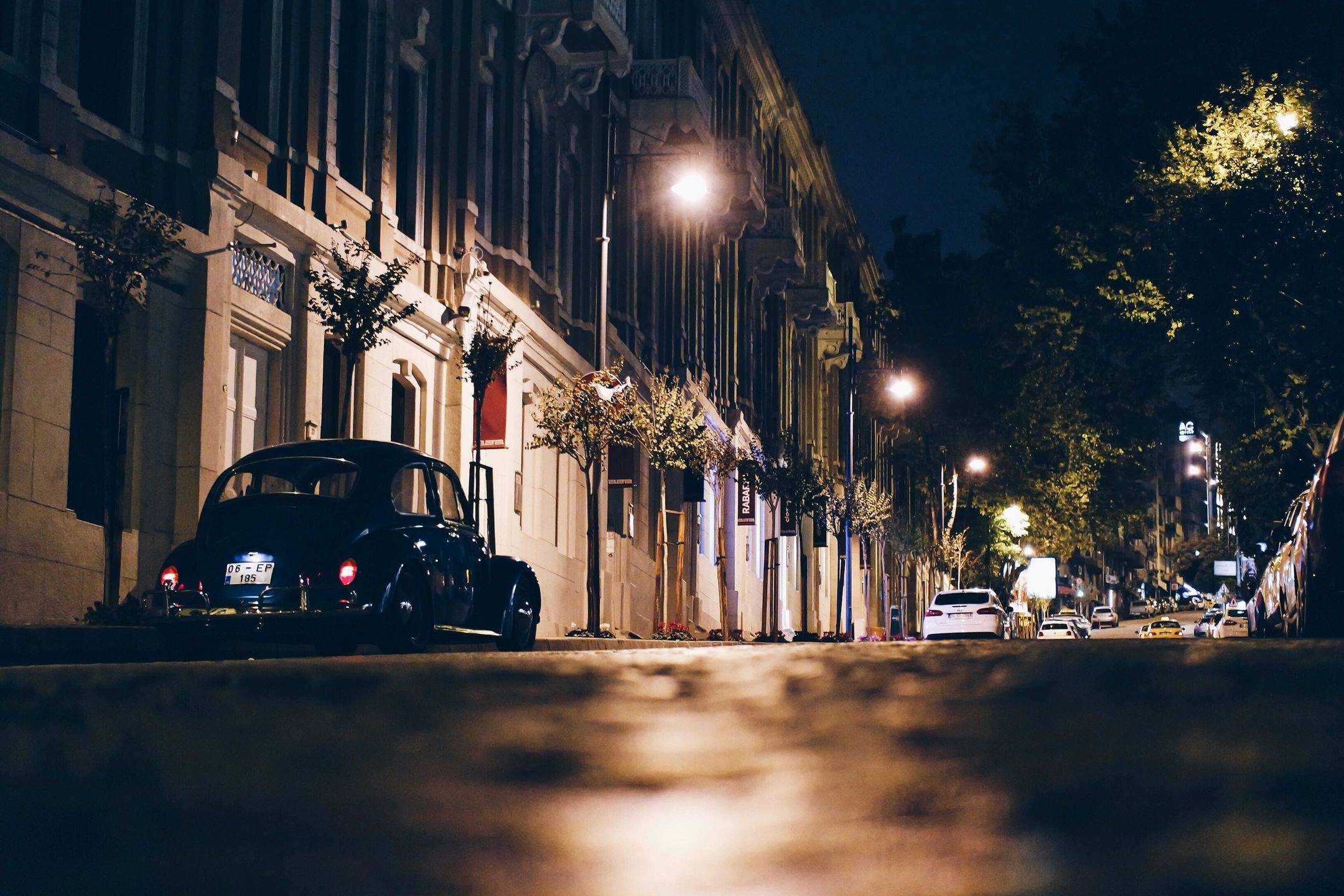
Efficiency and aesthetics in office design
Office space is subject to trends, influences, and evolving insights. Once upon a time, a private office had a high-status value, just like company cars. Then came the wave of open-space, flex-working, the new way of working, teleworking. Finally, the lockdown caused by the COVID pandemic accentuated the changing nature of how we work and how we deal with colleagues.
It’s interesting to take a closer look at the philosophy behind office design. What do modern, contemporary office spaces have to comply with? All too often, exaggerated attention is paid to the ‘looks’, while many other elements come into play.
What is crucial in office design?
Sophie Top is an advocate of vision and pragmatism when it comes to office design. She could talk about it for hours, but she immediately reduces it to two main lines of action. First and foremost, companies need to optimise their office space in terms of square metres and architecture for cost reasons. But they also need to look at whether every function that employees and the company need can be fulfilled. The practical consequences follow afterwards, in terms of furniture, lighting, layout and decoration.
A simple example. The company canteen, which used to be an enormous space, was almost exclusively used to offer lunch options – filled with as many tables and chairs as possible, making it a very functional space with otherwise limited added value. As a result, people preferred to eat at their desks, and this enormous space was underused while – paradoxically enough – everyone was begging for more meeting rooms.
Work smarter with the available space
Office design makes inventories, defines all the functions, and finally looks for smart solutions. Your ‘canteen’ can be a meeting room, a multifunctional space, and even operate as an event hall if you’re a bit savvy about it.
The large open workspaces are also missed opportunities and no longer belong in a modern office environment. After all, not everyone does the same work at the same time. The needs of the accountant are different from those of the more creative professionals. The loud and extroverted salesman can disturb the concentrated analyst, whereas HR professionals need discretion in their dealings with staff.
More intelligent use of space counterbalances the tendency to reduce employees’ workspace. We need to think about multifunctionality while meeting all various and different expectations and needs. Small ‘concentration spaces’ interspersed with tables where teams can work together; meeting rooms are useful in so many ways, other than just meeting.
From activity-based design towards personality driven office space.
One of the more exciting trends of the last few years is the move towards personality driven office space. This tendency takes into account personality requirements rather than the type of work that needs to be done. It’s a demanding but rewarding exercise to gauge and assess the personality types and then create an environment that optimally benefits them. Yet it can be gratifying in terms of job satisfaction and it tends to grow in importance in terms of talent management. (It is not always easy to distinguish these different character types, but introspection added to needs assessment through simple questionnaires can give meaningful insights, used by the designer to adapt the working space accordingly.)
Form follows function
Once the layout is in place, the other aspects follow. Employees need to have comfortable workplaces. This means paying particular attention to seating comfort and desks. We avoid clutter by using lockers for increased privacy. We stimulate a paper-poor working environment and continuously look for improvements of this kind.
And then there is the acoustics. It’s nice to choose an industrial look with lots of concrete, glass, and metal, but practical aspects prevail. Wood, solid core doors, plants, and other elements can help to avoid reverb and echoes. These elements are no details. In the ‘war for talent’, a pleasant workplace does make a difference.
We achieve these results also by paying close attention to the less visible things such as cable management and lighting. A good design takes this into account. And the furniture reflects that decision.
And then there is light
Contemporary offices have lighting solutions that save on energy bills. Lighting can have both a decorative and a signalling function. At the same time, we keep the comfort of the employees in mind. Never overexposed, always the right light.
It’s essential to accentuate spaces and functions by choosing the right materials and colours. These are not necessarily the corporate colours. And plants remain an evergreen (pun intended). Plants provide life in the office, provide freshness, movement, and they have an acoustic function.
Thank goodness the practice of randomly installing some desks and chairs in the available space, belongs to the past. Efficiency and aesthetics can go hand-in-hand, provided they are adequately prepared and planned.




